The Eastern Phoebe (Sayornis phoebe) is a small flycatcher with a short, thin bill that is used for catching insects. It is a plump little songbird with a brownish-gray color, a white belly, and a head as the darkest part. Birds with their fall plumage appear faint yellow on the belly and whitish edging on the folded wing feathers.
Eastern Phoebes breed in wooded areas, generally near water sources. Their chosen nesting sites are typically human-built structures such as overhanging decks and bridges. They could nest on woody understory vegetation; it was possible that they chose this type of vegetation to become less visible or to provide perches near the nest for the adults. During winter they can be found in deciduous woods. They have an extensive range from parts of Canada to the eastern parts of the U.S. and parts of Mexico. Florida is part of their non-breeding habitat.
The Eastern Phoebe’s diet mainly consists of flying insects such as butterflies, wasps, flies, and cicadas. They will also eat spiders, ticks, millipedes, and occasionally, small fruits or seeds. When hunting they will be on alert on a low perch often twitching their tails when prey is spotted. They will quickly leave their perch on quick wingbeats. After they catch their food, they often return to the same or nearby perch.
Rarely seen in groups, even mated pairs spend little time together. Males are territorial and will defend their territory from others Eastern Phoebes, though they do tolerate other species. This species is of low conservation concern because their population increases as people spread across landscapes building human-made structures used by these birds.

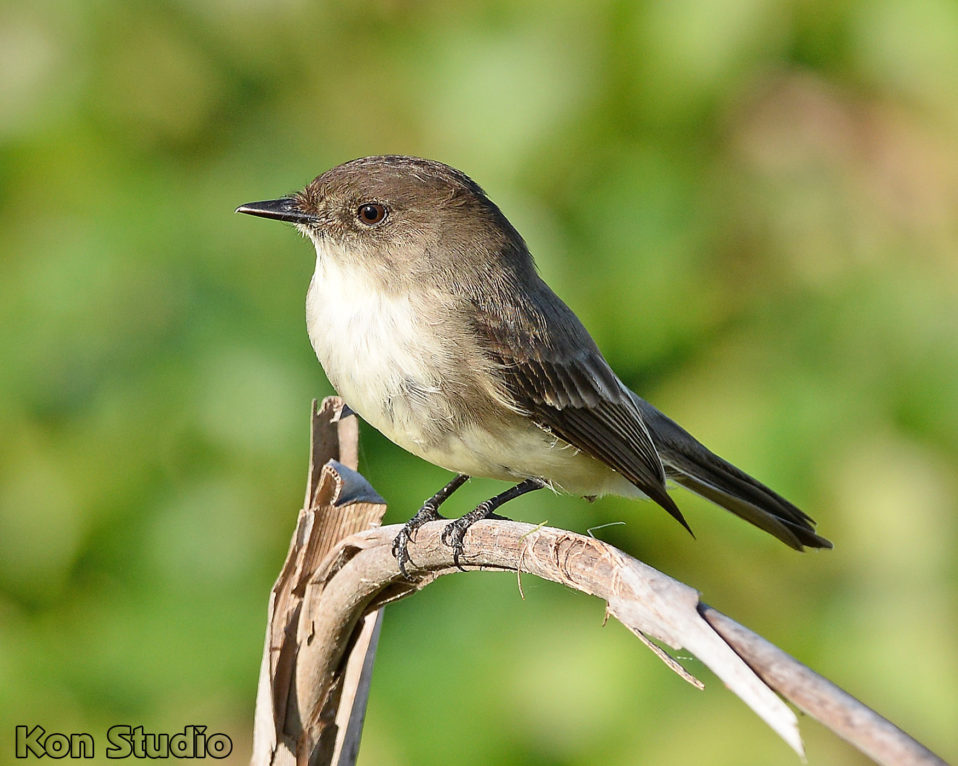
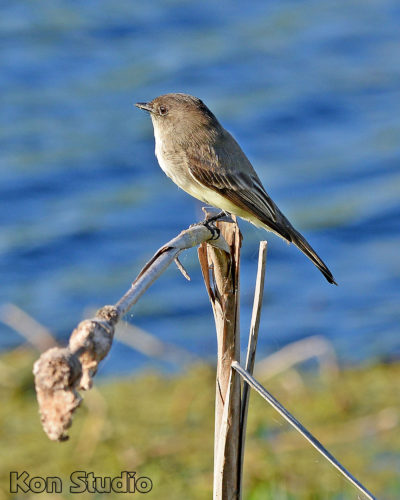
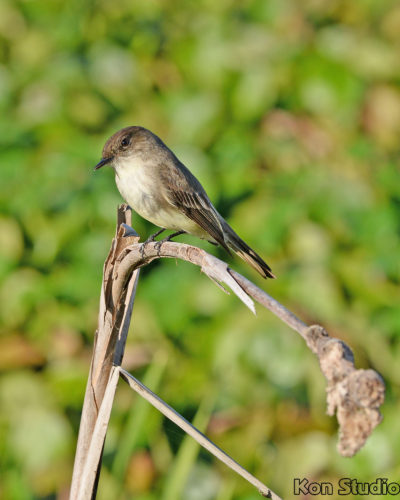
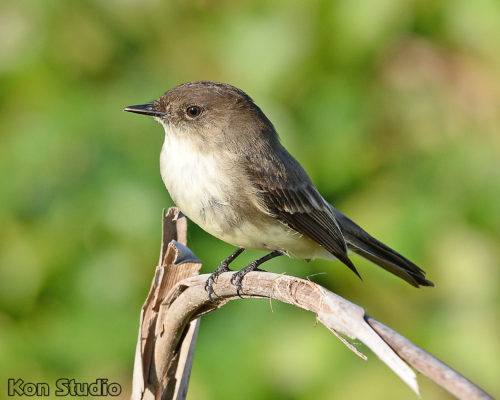
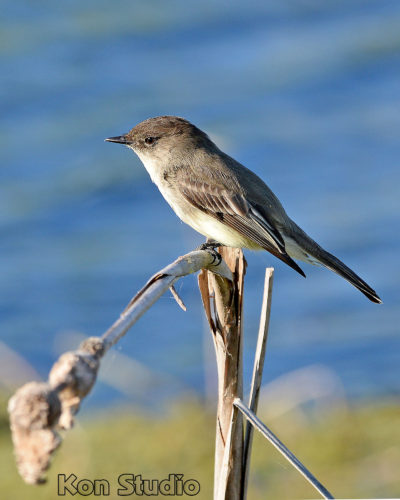
Recent Comments